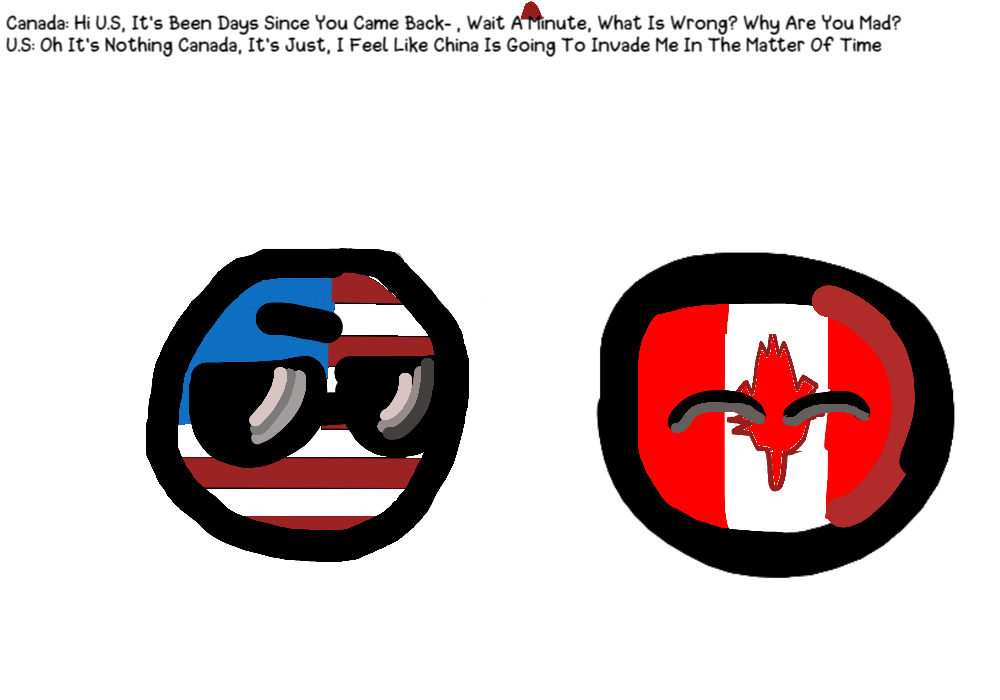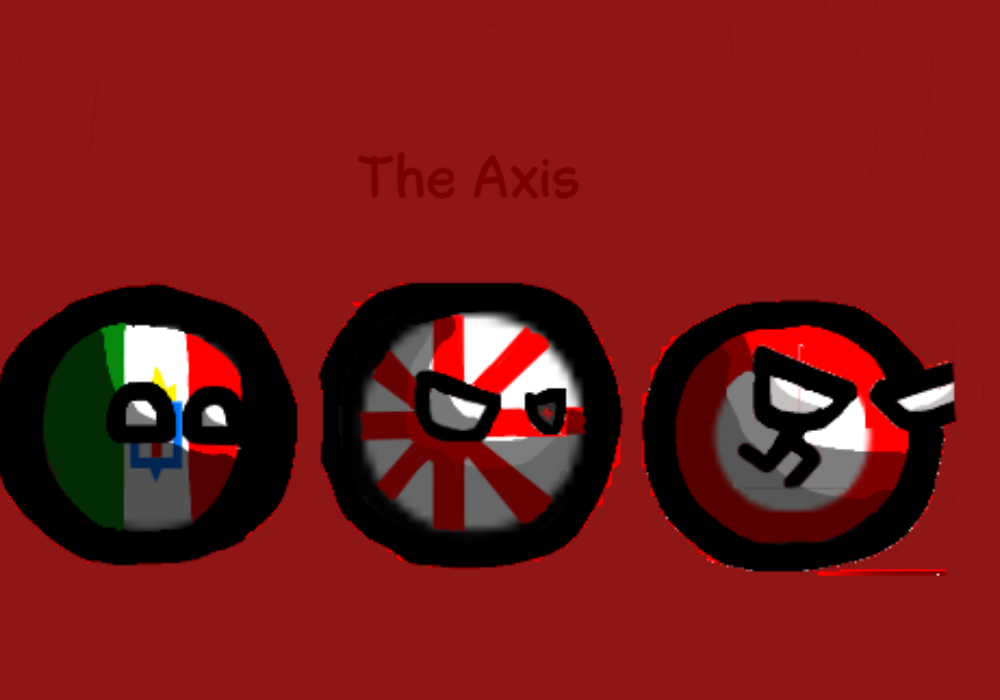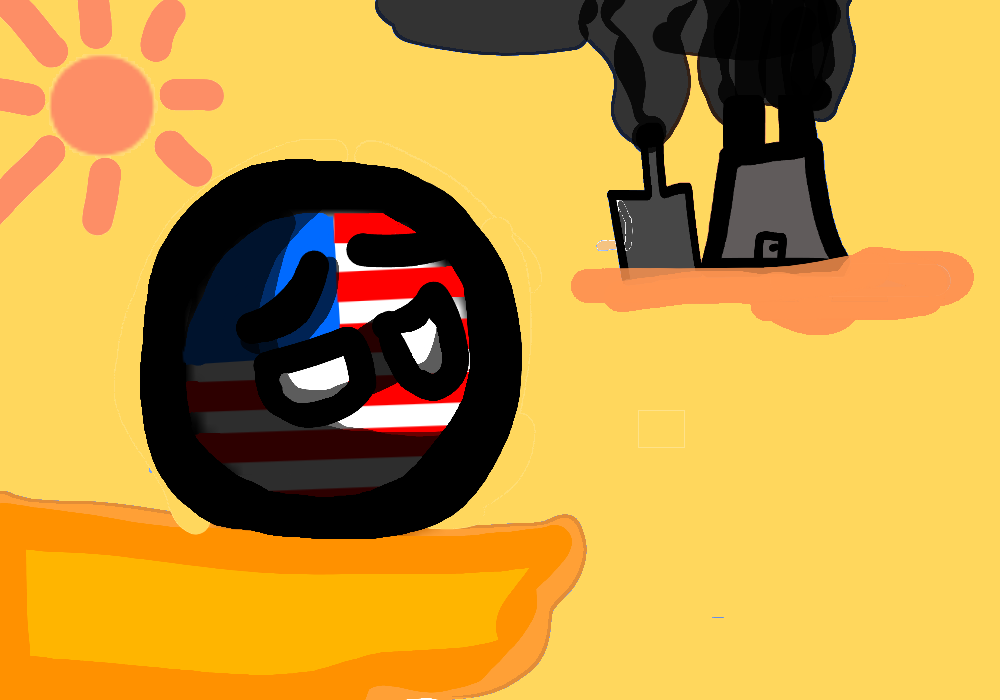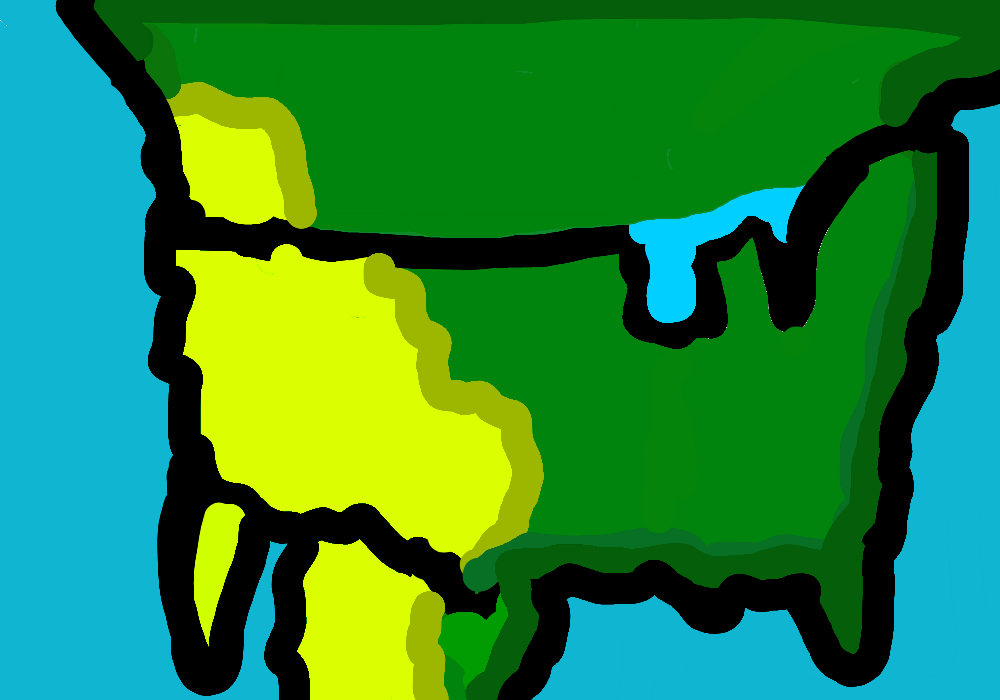
@Justin14
54 followers
163 following
The Flag Of Nauru
Nauru was first settled by Micronesians at least 3,000 years ago, and there is evidence of possible Polynesian influence.[22] Comparatively little is known of Nauruan prehistory,[23] although the island is believed to have had a long period of isolation, which accounts for the distinct language that developed among the inhabitants.[24] There were traditionally 12 clans or tribes on Nauru, which are represented in the twelve-pointed star on the country's flag.[25] Traditionally, Nauruans traced their descent matrilineally. Inhabitants practised aquaculture: they caught juvenile milkfish (known as Ibija in Nauruan), acclimatised them to freshwater, and raised them in Buada Lagoon, providing a reliable food source. The other locally grown components of their diet included coconuts and pandanus fruit.[26][27] The name "Nauru" may derive from the Nauruan word Anáoero, which means 'I go to the beach.'[28]
In 1798, the British sea captain John Fearn, on his trading ship Hunter (300 tons), became the first Westerner to report sighting Nauru, calling it "Pleasant Island", because of its attractive appearance.[29][30] From at least 1826, Nauruans had regular contact with Europeans on whaling and trading ships who called for provisions and fresh drinking water.[31] The last whaler to call during the age of sail visited in 1904.[32]
Around this time, deserters from European ships began to live on the island. The islanders traded food for alcoholic palm wine and firearms.[33] The firearms were used during the 10-year Nauruan Civil War that began in 1878.[34]
After an agreement with Great Britain, Nauru was annexed by Germany in 1888 and incorporated into Germany's Marshall Islands Protectorate for administrative purposes.[35][36] The arrival of the Germans ended the civil war, and kings were established as rulers of the island. The most widely known of these was King Auweyida. Christian missionaries from the Gilbert Islands arrived in 1888.[37][38] The German settlers called the island "Nawodo" or "Onawero".[39] The Germans ruled Nauru for almost three decades. Robert Rasch, a German trader who married a 15-year-old Nauruan girl, was the first administrator, appointed in 1890.[37]
In 1798, the British sea captain John Fearn, on his trading ship Hunter (300 tons), became the first Westerner to report sighting Nauru, calling it "Pleasant Island", because of its attractive appearance.[29][30] From at least 1826, Nauruans had regular contact with Europeans on whaling and trading ships who called for provisions and fresh drinking water.[31] The last whaler to call during the age of sail visited in 1904.[32]
Around this time, deserters from European ships began to live on the island. The islanders traded food for alcoholic palm wine and firearms.[33] The firearms were used during the 10-year Nauruan Civil War that began in 1878.[34]
After an agreement with Great Britain, Nauru was annexed by Germany in 1888 and incorporated into Germany's Marshall Islands Protectorate for administrative purposes.[35][36] The arrival of the Germans ended the civil war, and kings were established as rulers of the island. The most widely known of these was King Auweyida. Christian missionaries from the Gilbert Islands arrived in 1888.[37][38] The German settlers called the island "Nawodo" or "Onawero".[39] The Germans ruled Nauru for almost three decades. Robert Rasch, a German trader who married a 15-year-old Nauruan girl, was the first administrator, appointed in 1890.[37]
Other Minitoons by @Justin14








































































































